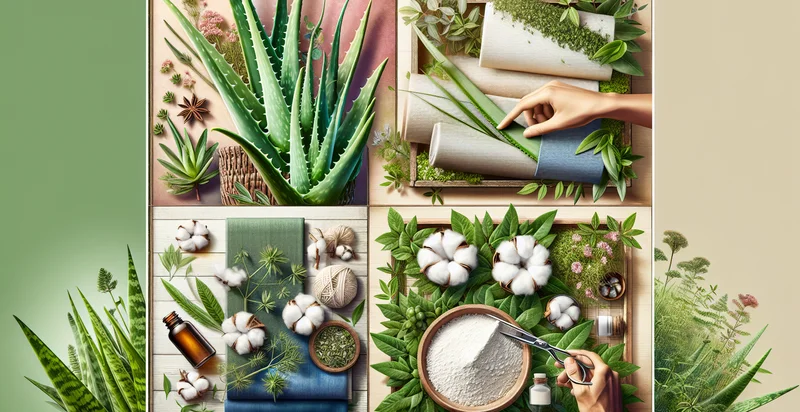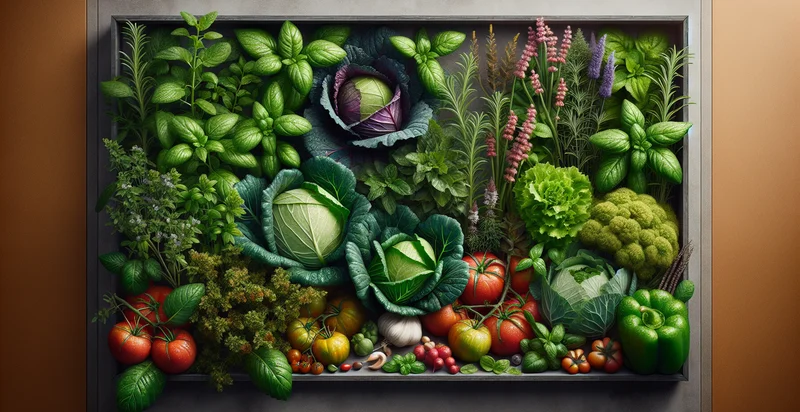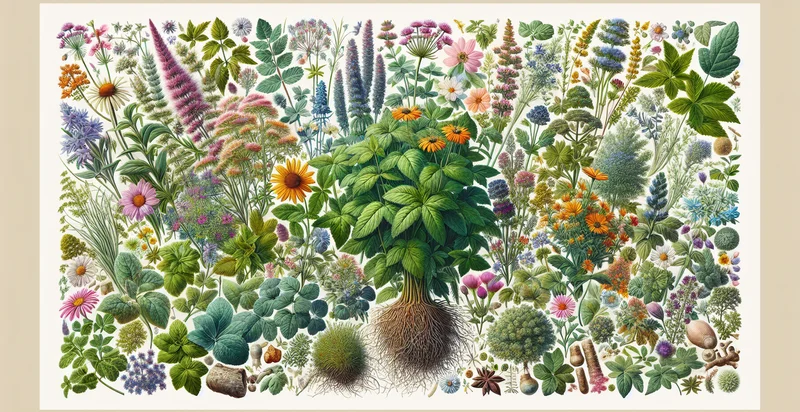Identify plant uses by description
using AI
Below is a free classifier to identify plant uses by description. Just input your text, and our AI will predict the various uses of plants based on their descriptions - in just seconds.

Contact us for API access
Or, use Nyckel to build highly-accurate custom classifiers in just minutes. No PhD required.
Get started
import nyckel
credentials = nyckel.Credentials("YOUR_CLIENT_ID", "YOUR_CLIENT_SECRET")
nyckel.invoke("plant-uses-by-description", "your_text_here", credentials)
fetch('https://www.nyckel.com/v1/functions/plant-uses-by-description/invoke', {
method: 'POST',
headers: {
'Authorization': 'Bearer ' + 'YOUR_BEARER_TOKEN',
'Content-Type': 'application/json',
},
body: JSON.stringify(
{"data": "your_text_here"}
)
})
.then(response => response.json())
.then(data => console.log(data));
curl -X POST \
-H "Content-Type: application/json" \
-H "Authorization: Bearer YOUR_BEARER_TOKEN" \
-d '{"data": "your_text_here"}' \
https://www.nyckel.com/v1/functions/plant-uses-by-description/invoke
How this classifier works
To start, input the text that you'd like analyzed. Our AI tool will then predict the various uses of plants based on their descriptions.
This pretrained text model uses a Nyckel-created dataset and has 20 labels, including Aromatic, Basketry, Beverage, Biofuel, Companion Planting, Construction, Culinary, Dye, Edible Flower and Erosion Control.
We'll also show a confidence score (the higher the number, the more confident the AI model is around the various uses of plants based on their descriptions).
Whether you're just curious or building plant uses by description detection into your application, we hope our classifier proves helpful.
Related Classifiers
Need to identify plant uses by description at scale?
Get API or Zapier access to this classifier for free. It's perfect for:
- Herbal Medicine Database: This function can be utilized to classify and categorize plant descriptions based on their medicinal uses. By accurately identifying plants associated with specific health benefits, herbal practitioners and researchers can easily access relevant information to assist in their treatments and studies.
- Gardening Tips and Guides: Garden enthusiasts can benefit from this classification function by identifying plants and their uses based on descriptive features. This will enable hobbyists to choose the right plants for their gardens, enhancing gardening experience and plant care advice.
- Sustainable Foraging App: An app designed for foragers can utilize this function to classify wild plants based on their utility. Users can quickly learn about edible plants, their nutritional benefits, and how to properly use them in cooking, ensuring safe foraging practices.
- Culinary Research Tool: Chefs and food researchers can harness this technology to identify and categorize plants with culinary uses. By determining which plants best suit specific recipes or cuisines, this tool could enrich menu development and promote the use of diverse ingredients.
- Botanical Education Programs: Educational institutions can implement this classification function in their botanical studies curriculum. Students can learn about the various uses of plants, reinforcing their understanding of botany and the relevance of plants in everyday life.
- Local Flora Conservation Efforts: Environmental organizations could use this function to classify native plants and their ecological roles. This information can guide conservation strategies, informing the public about the importance of plant diversity and responsible use of local flora.
- Agricultural Best Practices: Farmers can apply this classification tool to identify plants that are beneficial for crop rotation or companion planting. By understanding the uses of different plants, they can enhance soil health, improve pest management, and maximize yield efficiency.


